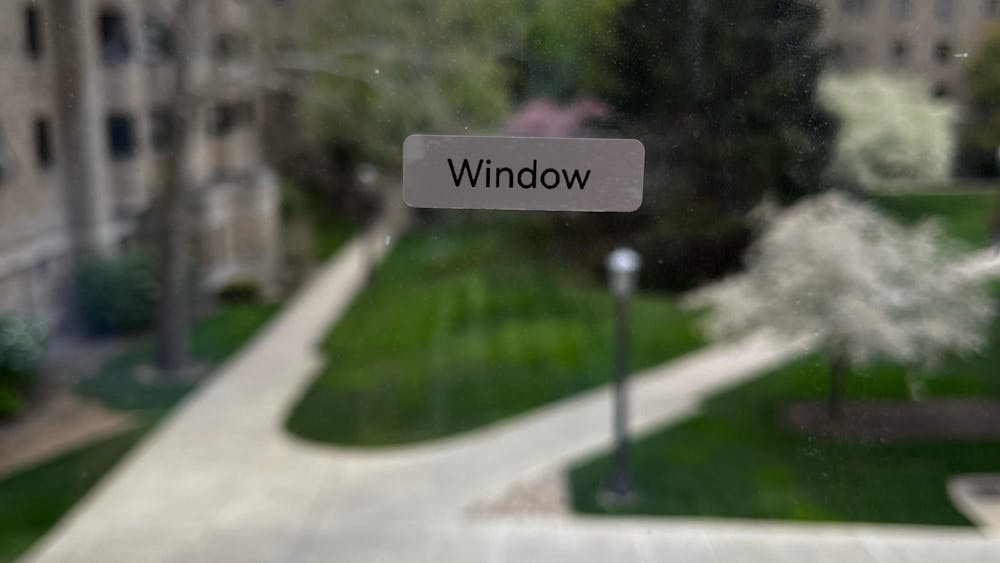The Ferguson, Missouri, shooting of Michael Brown and the subsequent police crackdown on both violent and nonviolent protests have sparked a national referendum on American law enforcement. The officers’ equipment in particular has become a focus of discussion, with many in the media and the public calling for the “demilitarization” of American police. Our officers, so the argument goes, do not need bulletproof vests, body armor or rifles to serve and protect their fellow citizens.
It’s comforting to create an imaginary America where “weapons of war” aren’t tools of the trade for law enforcement. However, doing so betrays a woeful ignorance of history. For the last century and a half, law enforcement has often been playing a deadly game of catchup.
Originally, American police forces did not issue service weapons to their officers. Members of the force either purchased their own firearms — crude single-shot pistols — or went without. It wasn’t until 1857, when a Baltimore officer was nearly killed by a mob, that an American city adopted a standard-issue revolver.
Naturally, criminals didn’t take this “militarization” lying down. With the end of World War I, the Thompson submachine guns that were intended to sweep out the trenches of France were instead dumped on the unregulated civilian market. The Tommy Gun became a favorite of gangsters nationwide; law enforcement agencies were slower on the uptake. Not until 1934, when a gang armed with a machine gun murdered four police officers in Kansas City, did the FBI begin to supply its agents with Thompsons of their own.
Police found themselves behind the times again in 1966, when retired marine Charles Whitman smuggled an arsenal of six guns into the Main Building of the University of Texas at Austin. After killing several witnesses, Whitman barricaded himself on the observation deck of the building’s famous Tower and then opened fire on his fellow students with a Remington 700 scoped rifle. His first target was an unborn boy, whom he deliberately killed by shooting eight-months-pregnant Claire Wilson through the stomach. The carnage went on for an hour and a half. Police, armed only with pistols and shotguns, could not effectively return fire; desperate civilians grabbed hunting rifles from their home collections and tried to fight back. At last, two officers broke through the barricade and killed Whitman, but not before 12 people had been killed and another 31 wounded.
In the wake of the Texas Tower Massacre and the growth of violent antigovernment militias like the Black Panther Party, America quickly realized the police were once again ill-equipped for the tasks assigned them. This led to the formation of the first Special Weapons and Tactics — SWAT — teams. Over the next decade, these highly trained units were essential to the defeat of terrorist groups like the Symbionese Liberation Army.
Yet as always, criminals kept innovating. In 1986, the FBI chased down serial bank robbers Russell Matix and Michael Lee Platt in Miami, Florida. Despite four-to-one numerical superiority, the agents found their .38 Special revolvers outgunned by Platt’s semiautomatic Ruger Mini-14 rifle. Two agents were slain and two more were wounded. This incident led to the addition of the .40 Smith and Wesson semiautomatic handgun to the FBI’s arsenal.
The consequences of an under-equipped police force were illustrated again in Los Angeles in 1997. At the time, an average of three armed robberies and two gun homicides occurred in the city every day. Police had spent months lobbying for better weapons and gear to deal with the threat, but fallout from the Rodney King beating five years prior had made such a move politically untenable. The LAPD’s requests were denied.
On Feb. 28, 1997, Larry Phillips and Emil Matasareanu robbed Bank of America’s North Hollywood branch. The pair were armed with four assault rifles illegally converted into machine guns and thousands of rounds of armor-piercing ammunition. Phillips was covered from the neck down in aramid body armor, while Matasareanu wore a bulletproof vest and a metal trauma plate over his heart. In their 44 minute shootout with the LAPD, the pair repeatedly shrugged off pistol and shotgun bullets, while firing back with their own automatic rifles. Police officers were forced to commandeer assault rifles from local gun stores to even the odds; with no armored car, LAPD SWAT borrowed the bank’s own delivery vehicle to rescue the wounded. Before the two robbers were killed, they’d managed to shoot 18 police and bystanders.
There are, of course, other methods of ensuring the police will not find themselves outgunned. For instance, the National Firearms Act of 1934 was aimed at curtailing civilian access to machine guns, and has sharply reduced their use in crimes since its introduction. But at least for the moment, gun control stands no chance of passing. As a result, we owe it to our police forces to adequately equip them for the dangers they will face on the beat.
I’ll close with a quote from Theodore Roosevelt, former president of the United States and gun violence victim. In his 1913 autobiography, he reflected on his tenure as New York Police Commissioner, saying “I have not the slightest sympathy with any policy which tends to put the policeman at the mercy of a tough, or which deprives him of efficient weapons.”













